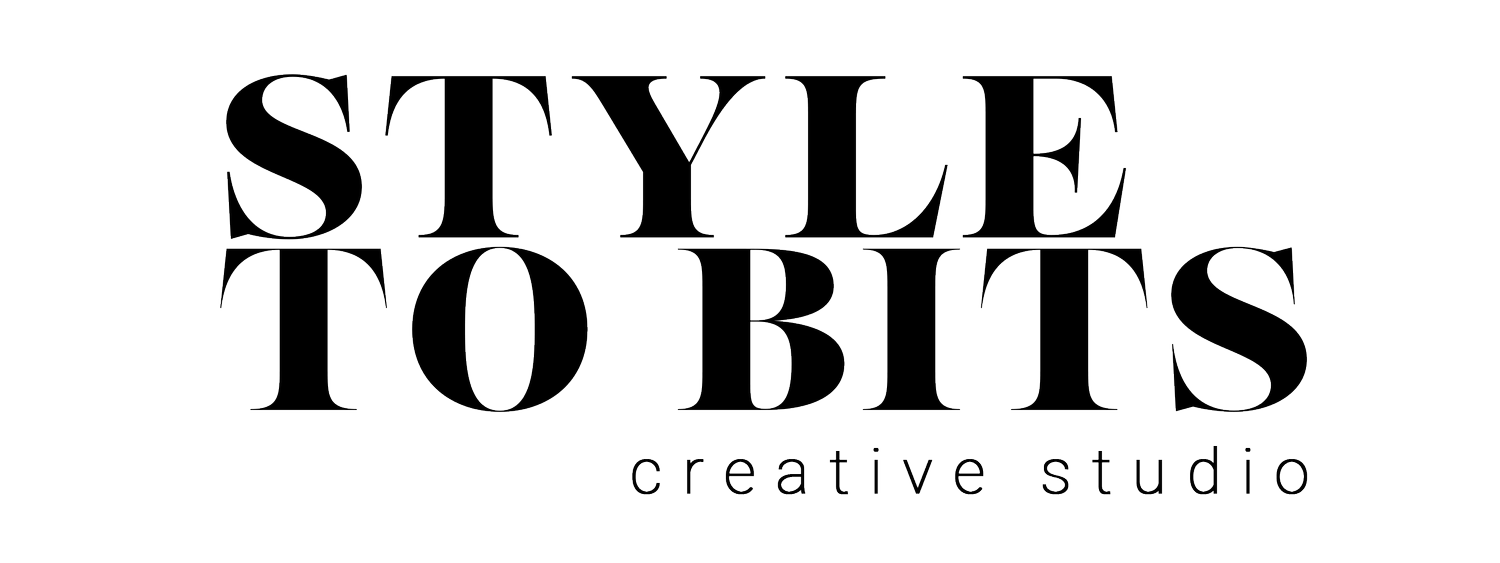Transform Your Workflow with Tethered Photography
Ever captured images through tethered? How’s it for you?
For a commercial photography studio like us, tethered capturing images is the way to go.
Revolutionize your workflow.
Last week we shared on our Instagram Reels what tools we use for capturing overhead angles. Today, we're sharing how tethered photography can help you elevate your photography game, especially for studio projects.
Tethered photography is a process in which a camera is connected to a computer or other device using a cable, allowing for real-time image transfer and control.
It is a game-changer, and help solves some issues we often encounter like:
1. Transferring Data
Have you been disconnecting and inserting your memory card from the camera into the computer? How many cards have gotten damaged due to this?
This can be time-consuming and can cause delays in the workflow. Tethering eliminates this issue by enabling the automatic transfer of images as they are captured.
2. Consistency
Shoot consistent images from one frame to the next. With the ability to preview images on a larger screen, you can ensure that your images are consistently exposed, focused, and composed correctly.
This is particularly useful when producing a series of images with a consistent look and feel.
How do you tether?
To get started with tethered photography, you'll need a few tools.
• tethering cable
• camera that supports tethering
• computer
• tether software ( like Capture One, Lightroom, or your camera’s built-in software - in our case, Canon Utility)
Once you have your tools in hand, tethering is straightforward.
First, connect your camera to your computer using the cable. Then, launch your tethering software and follow the instructions to connect your camera.
From there, you can control your camera settings and capture images directly from your computer.
The benefits
1. One of the biggest benefits of tethered photography is the ability to see your images in real time as you shoot. This makes it easier to adjust your composition, lighting, and other settings as you go.
2. It's also useful for previewing your shots on a larger screen, allowing you to see details that might not be visible on your camera's LCD screen.
3. Another advantage of tethered photography is the ability to automate certain tasks. For example, you can set up your software to automatically apply presets or make adjustments to your images as you capture them. This can save you a lot of time in post-processing, allowing you to focus on other aspects of your work.
Tethered photography is a powerful tool that can help you take your photography to the next level and help you transform your workflow and work with ease.
With the right tools and some practice, you can easily incorporate tethering into your workflow and start producing stunning images with greater control and efficiency.
Will you be trying tethered capturing for your next projects? Let us know how it works for you.




